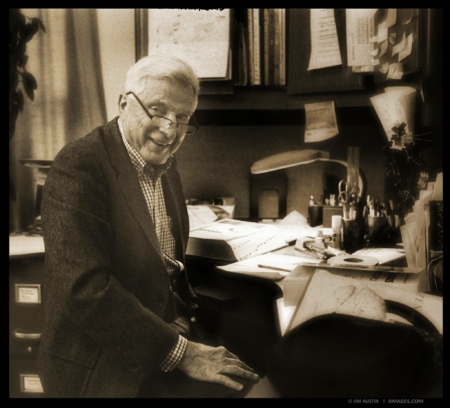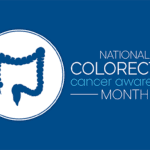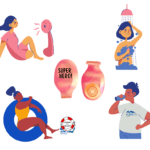By Ed Pfueller, UOAA Communications and Outreach Manager
At the age of 93, Dr. James H. Austin, a world-renowned neurologist, author and practicing Zen Buddhist was not prepared for the feelings of shame associated with a urostomy leak.
He had survived prostate cancer, bladder cancer, and was living with a pacemaker but this latest medical challenge was suddenly conjuring up long forgotten feelings. “Any leak that takes place unexpectedly in an adult is a special failure that casts you back to being a kid when you wet your pants, I felt
![]()
ashamed,” Austin recalls.
He went about a year dealing with the leaks and subsequent skin irritation that resulted. While examining his urostomy supplies and trying to troubleshoot his predicament a very familiar image came into focus for him.
“I recalled an image from when I was 7-years-old and helping my German grandmother with the bounty of her garden, canning food to feed six children.” It was the rubber canning jar ring used to seal the Ball jars.
He took a trip to a local hardware store and purchased some of the jar rings and found that, “The hole was the exact size to fit my pouch,” he says. It was an added bonus that the rings are now made of silicone and thus flexible and suitable for reuse in wet environments.
Dr. Austin tinkered with the design, using dental floss to attach two rings together and compressed them below his usual ostomy pouch and on top of three to four overlapping extended skin barriers. “It worked, and I have not had another leak in almost 5 years,” Austin says.
Now at the age of 98 he still dances, plays doubles tennis and practices daily meditation at his home in Columbia, Missouri. Austin has shared his method with ostomy nurses, physicians and product makers.
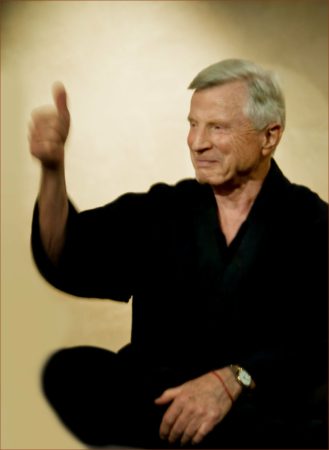 His method is hard to explain in writing and Austin does his best to explain it in this video. At 98-years-old Austin feels compelled to get the word out and to share it with others. Austin hopes others may find the same benefits he has from his belt and silicone washer method.
His method is hard to explain in writing and Austin does his best to explain it in this video. At 98-years-old Austin feels compelled to get the word out and to share it with others. Austin hopes others may find the same benefits he has from his belt and silicone washer method.
Those learning about his latest passion may be curious to know more about Austin’s intriguing background.
At the age of fourteen, Austin faced a serious battle with pneumonia. The experience and extended hospital stays however helped spark his interest in medicine and science. His mother also influenced him in her job as a lab tech and his family encouraged his interest in research.
Austin went on to study at Brown and Harvard Medical School. As a physician practicing in neurology he taught at the University of Oregon Medical School before serving as chair of neurology at the University of Colorado School of Medicine.
It was his research stints and sabbaticals in Japan and India however that have helped define his life and work. On a long plane ride over the pacific, Austin read the book Zen in the Art of Archery. Soon after he began to study Zen meditation in Japan with zen master Kobori Nanrei Sōhaku.
In life as a Zen practitioner Austin has experienced alternate states of consciousness and as a neurologist wanted to try to understand more about what was happening in the brain.
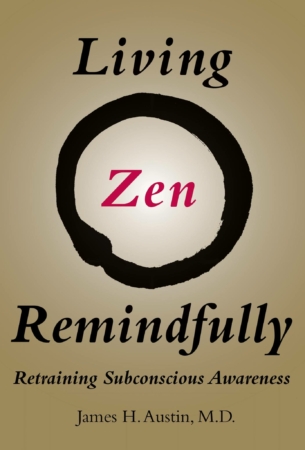 This interest has led Austin to a lifelong body of research and writings including a series of books published by MIT Press. Zen and the Brain (1998), currently in its 7th printing, was followed by Zen Brain Reflections (2006), Selfless Insight (2009), and Meditating Selflessly (2011), Zen Brain Horizons (2014), Living Zen Remindfully (2016). Austin is also still known for his first book Chase, Chance, and Creativity: The Lucky Art of Novelty.
This interest has led Austin to a lifelong body of research and writings including a series of books published by MIT Press. Zen and the Brain (1998), currently in its 7th printing, was followed by Zen Brain Reflections (2006), Selfless Insight (2009), and Meditating Selflessly (2011), Zen Brain Horizons (2014), Living Zen Remindfully (2016). Austin is also still known for his first book Chase, Chance, and Creativity: The Lucky Art of Novelty.
He has spoken around the world on these topics and has helped bridge the gap between the sciences and the ancient meditative practice. Austin practices meditation every morning. “My meditation practice has softened anxieties, and been a vital part of my life for many decades” he says.
Austin sees many benefits to the practice for those recovering from disease or ostomy sugery like him, or simply dealing with the pressures of our modern lifestyles.
“In this day and age anybody who meditates should see a great deal of benefits,” he says.

